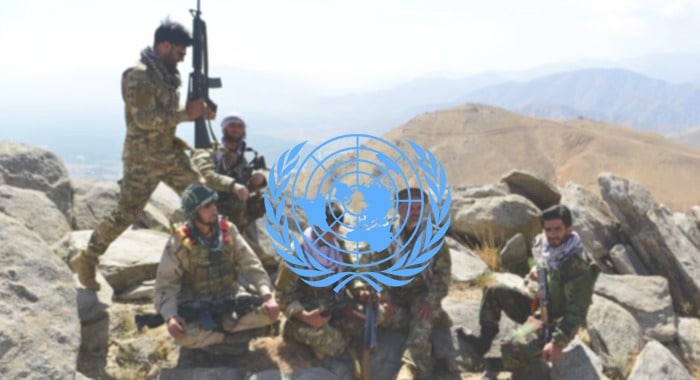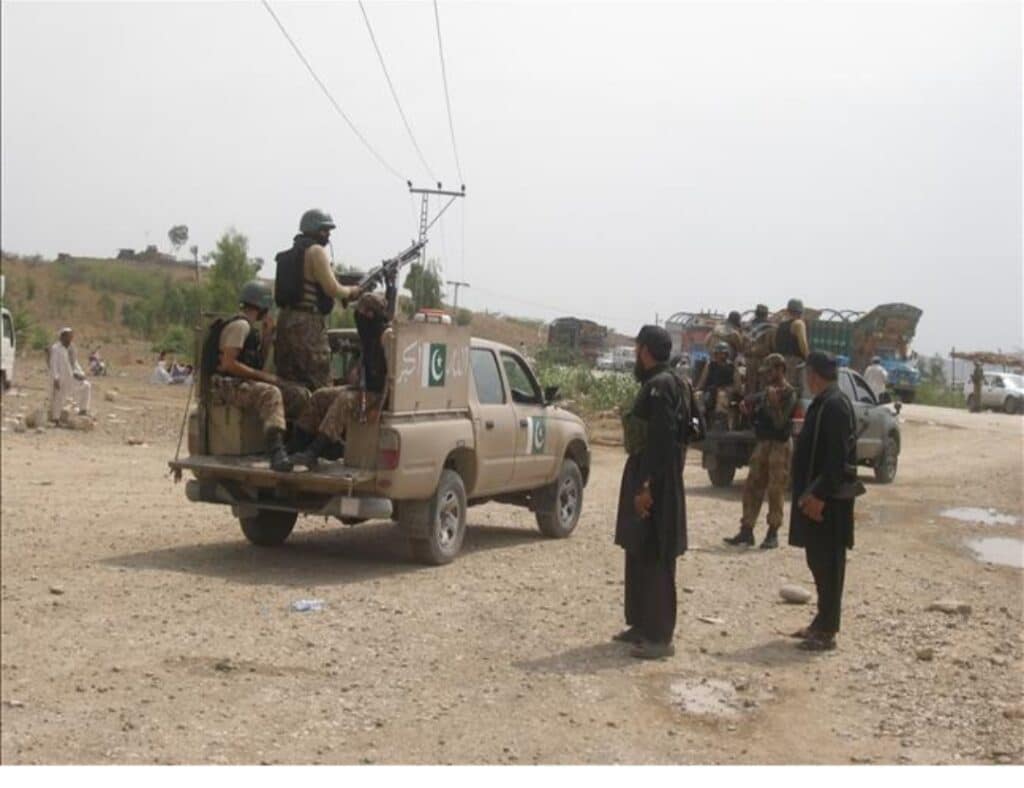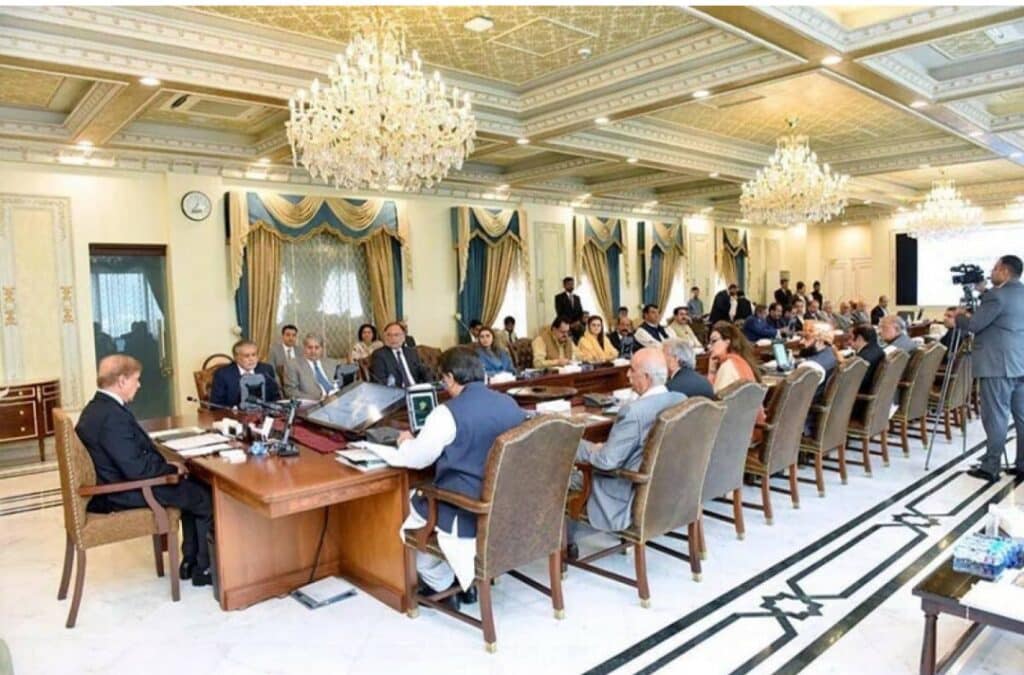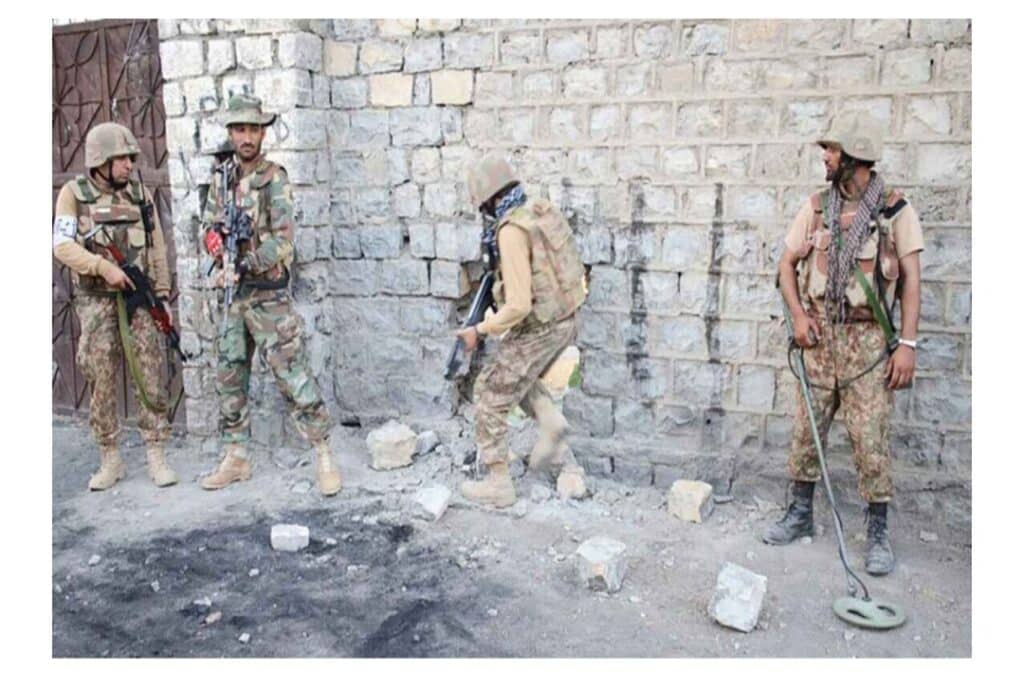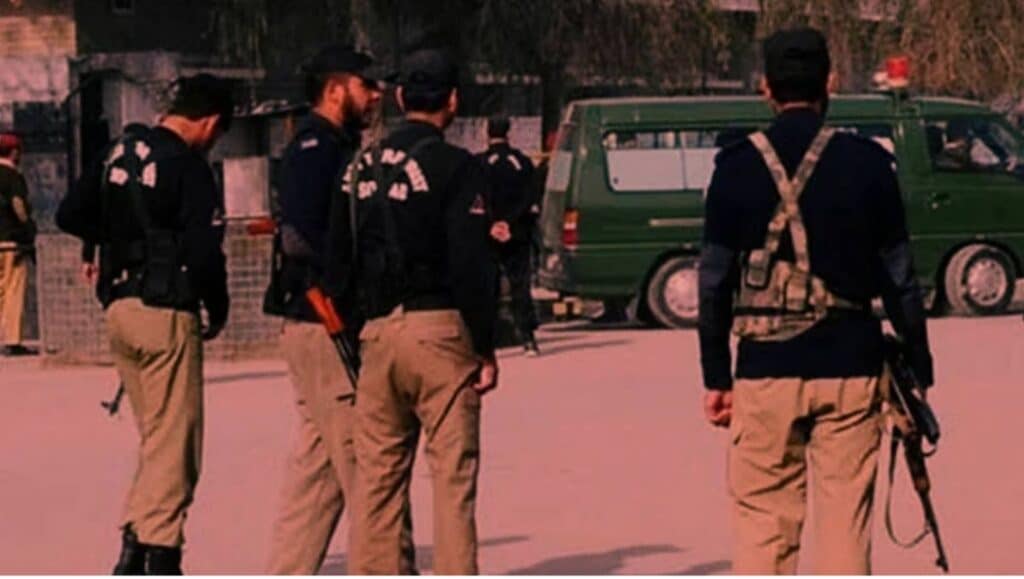Armed resistance to Taliban rule in Afghanistan has intensified, with at least 72 attacks carried out by opposition groups between February and April 2025, according to a new report released this week by the United Nations Assistance Mission in Afghanistan (UNAMA). The surge in hostilities reflects growing instability and discontent nearly four years after the Taliban’s return to power.
The UNAMA report identifies the National Resistance Front (NRF) as the most active group, claiming responsibility for 56 of the attacks. The Afghanistan Freedom Front (AFF) claimed 16 operations, while the lesser-known Afghanistan Freedom Movement (AFM) reported three strikes, all in April. An additional 11 attacks were documented during the same period, although no group has claimed responsibility for those incidents.
Of particular significance, UNAMA stated that three high-profile attacks have been independently verified by the UN, targeting the Taliban-run Ministry of Interior in Kabul, the district administration centre in Nijrab, Kapisa province, and the former Bagram Airfield in Parwan province. These locations hold symbolic and strategic value, underscoring the opposition’s ability to hit hardened or high-security sites. The report did not confirm casualty figures from these incidents.
In a notable development, UNAMA observed that the Afghanistan Freedom Front was the only group to announce a unilateral ceasefire during the holy month of Ramadan, a move that some analysts view as an effort to differentiate its operations from indiscriminate violence, while seeking public legitimacy.
The three armed groups—NRF, AFF, and AFM—have emerged as the main nodes of resistance since the collapse of the former government and the Taliban’s takeover in August 2021. While operating independently, they share a common narrative: accusing the Taliban of widespread human rights abuses, systematic suppression of civil and political freedoms, and excluding Afghans from meaningful political participation.
This latest UNAMA assessment provides rare official insight into the operational tempo of Afghanistan’s anti-Taliban resistance movements. It highlights not only the persistence of armed opposition but also the simmering discontent under Taliban rule—amid ongoing international concern over the regime’s repressive policies, gender apartheid, and absence of constitutional governance.
With Afghanistan’s future increasingly uncertain, the report signals that the fight for political space—and legitimacy—inside the country is far from over.

